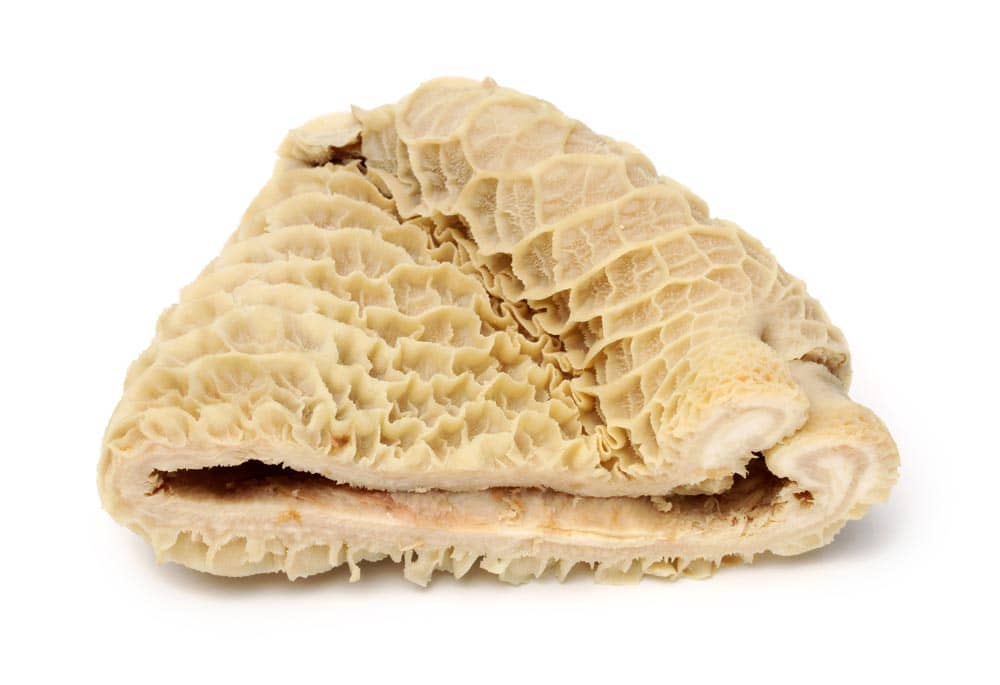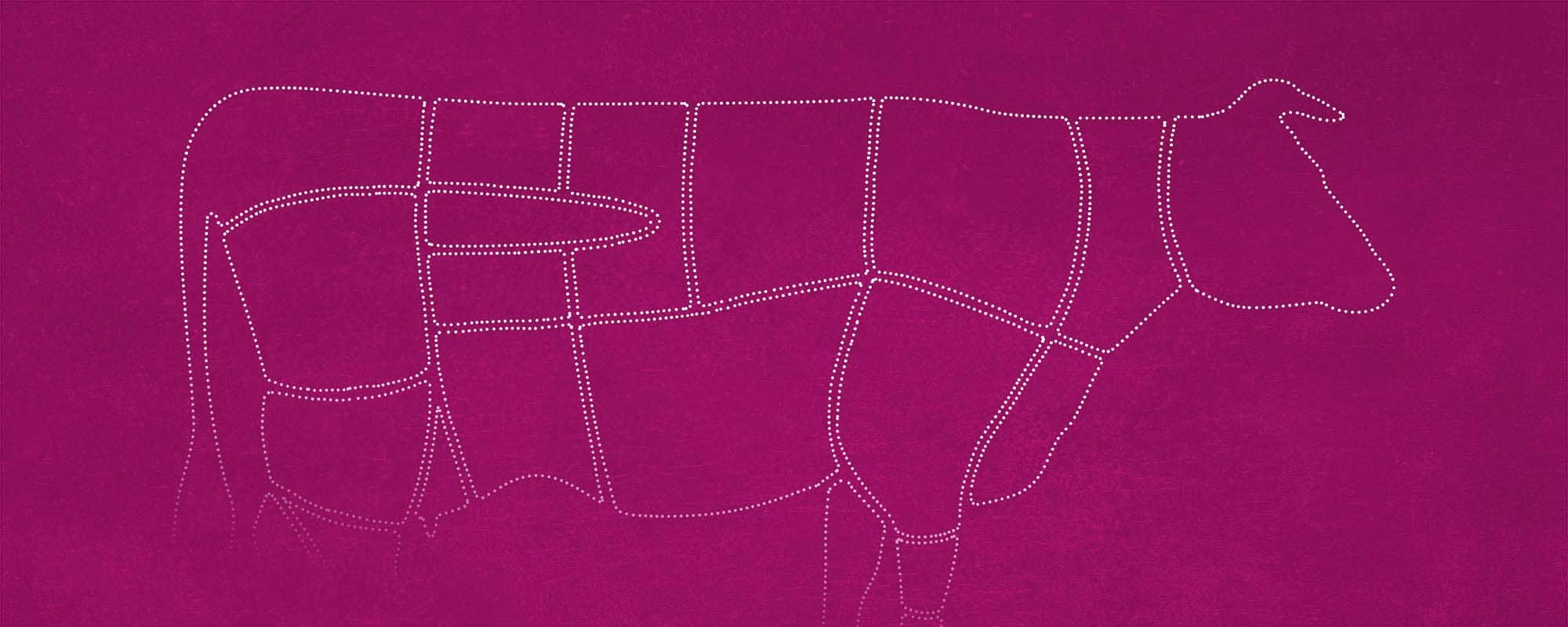While plant-based food is gaining popularity, the majority of the world’s population still consumes meat. “Il-baqra tinbieħ kollha” (every part of the cow can be sold), a Maltese saying, emphasises that every part of harvested livestock is used. It is imperative that the meat industry develop sustainable practices to reduce its environmental impact, such as utilising every part of the slaughtered animal.
While the narrative around meat consumption is evolving, it is essential to acknowledge that the meat industry still plays a substantial role in our society. On average, 86% of the world’s population still consumes meat. It is crucial to address the industry’s environmental impact and identify innovative ways to embrace sustainable practices. In a recent interview, THINK sat down with Mr Stefan Cachia, Director General of Malta’s Public Abattoir, and Dr Margaret Camilleri Fenech, a lecturer at the Institute for Climate Change and Sustainable Development, to delve into the transformative journey the local abattoir has taken towards becoming an exemplar of self-sufficiency and environmental consciousness.
The Abattoir’s Evolution and Historical Practices
Founded over 120 years ago in 1897, the local abattoir has a rich history that mirrors the transformations in the meat industry and societal values. In its early years, the abattoir operated as a vital community resource, adhering to the traditional adage, “il-baqra tinbieħ kollha,” (every part of the cow can be sold) which emphasised that every part of harvested livestock is used. Back then, all meat cuts (including offal) served some purpose within the local community; bones were used to make stock, fat to produce soap and as an ingredient for cooking, leaving very little waste behind.
However, as time went by, tastes shifted, and hygiene awareness grew among the population. The once common practice of collecting blood to make sausage, for example, became less acceptable due to concerns about hygiene and potential health risks. The abattoir’s practices had to adapt to align with changing societal values and evolving regulations.
Consequently, the abattoir had to find alternative ways to manage these byproducts, which for the best part of the last twenty years or so had, to be incinerated. Waste is no longer a byproduct to be readily discarded; rather, it is seen as an issue that demands innovative solutions. The need to address waste management practices more efficiently emerged as a significant concern for the abattoir, paving the way for its transformation into a self-sufficient and sustainable entity.
Achieving Self-Sufficiency through Sustainable Practices
One of the key pillars of the abattoir’s sustainable practices lies in its innovative waste management initiatives. Animal byproducts, once seen as waste, are now processed and converted into valuable materials. By maximising byproduct utilisation the waste generated is minimised. ‘Our commitment to sustainability goes beyond financial gains. It’s about preserving our environment, supporting local communities, and rediscovering our cultural heritage,’ explains Cachia.
This includes the revival of mazzit, a Maltese take on blood pudding, and kirxa (tripe) which have a unique traditional value in the local market. By conducting surveys and market research to gauge demand, the abattoir has strategically aligned its sustainable efforts with consumer preferences, ensuring that byproducts are put to good use and contribute to self-sufficiency. By transforming these previously discarded byproducts into valuable materials, the abattoir unlocks new market opportunities and contributes to a circular economy.

However, despite these successes, the abattoir faces challenges. In some cases, the volume of certain byproducts may exceed the local demand. For instance, while there is a growing demand for certain byproducts like blood, there is a practical limitation to how much can be produced. The abattoir has found an optimal production volume for blood products, ensuring that they meet market demands, respecting local tradition, and doing so without compromising environmental sustainability. To achieve this balance, the abattoir has adopted manual separation techniques, avoiding the addition of preservatives such as citric acid, and using gravity and sieves in lieu of mechanical pumps and artificial membranes for filtering any blood-clots, thereby preserving the traditional and natural quality of the product and doing so with the least environmental impact.
Additionally, logistics pose a challenge when it comes to exporting certain byproducts, such as bones, in large volumes. While demand for bones in foreign markets is present, the practicality of exporting on a large scale presents environmental and financial concerns. The abattoir seeks to minimise its carbon footprint and financial costs by focusing on local markets for byproducts, promoting a more circular economy within the community.
Research and Industry
In its pursuit of sustainable initiatives, the local abattoir found a valuable ally in the University of Malta. Through a collaborative partnership, UM is contributing significantly to enhancing the abattoir’s waste management practices and exploring new possibilities for byproduct utilisation. By leveraging the university’s knowledge and resources, the abattoir gained valuable insights into more efficient waste management strategies. An audit is presently in progress to quantify the waste generated during the slaughtering, cutting, and deboning process, providing the abattoir with essential data to understand its waste production better. ‘By quantifying waste and exploring new uses for byproducts, we empower small-scale businesses to understand that increasing sustainability and circularity does not need to be complicated,’ explains Camilleri Fenech.
By treating waste as a potential resource rather than a burden, the abattoir has made significant strides in minimising its environmental impact
Moreover, UM’s involvement has extended to identifying and quantifying potential uses for byproducts that were previously discarded. This quantification effort is proving to be crucial in revealing untapped opportunities and paving the way for more sustainable practices. ‘By treating waste as a potential resource rather than a burden, the abattoir has made significant strides in minimising its environmental impact,’ says Cachia.
UM’s Institute of Maltese Studies and the Department of History have also supported the abattoir by facilitating research on the cultural and social dimensions of byproduct utilisation. This collaboration has encouraged the rediscovery of traditional products and practices, reviving cultural heritage while promoting sustainable use of resources. By continually exploring new possibilities, enhancing collaboration with academic institutions like UM, and engaging with the community, the abattoir remains steadfast in its pursuit of a more sustainable and environmentally conscious future.
Nose-to-Tail
Recognising that waste can be transformed into valuable resources, the next step is to promote the use of byproducts and raise awareness of their potential. A key aspect of this endeavour involves engaging with the media and participating in events that showcase the newfound life given to these byproducts.
Through media features, the abattoir has effectively reached a wider audience, shedding light on the sustainable practices it has adopted. These features highlight how byproducts are now being repurposed into valuable goods.
By actively collaborating with local chefs and culinary events, like the Imnarja and food festivals, the abattoir is able to showcase the versatility of these byproducts in traditional Maltese dishes. This hands-on experience not only showcases local cuisine and traditional culinary methods, but also demonstrates the potential for these byproducts to become sought-after ingredients.
Promoting byproduct use and raising awareness of their potential benefits extends beyond mere market expansion. It fosters a broader societal shift towards the way we look at waste. By encouraging a circular approach to resource management, the abattoir demonstrates that a more sustainable future for the meat industry is both achievable and imperative.
While vegetarian diets gain popularity, addressing the realities of meat consumption is crucial. Through efficient waste management and innovative byproduct utilisation, the abattoir exemplifies a path towards a more sustainable future. By collaborating with the University of Malta and embracing holistic sustainability, the abattoir paves the way for a meat industry that is environmentally responsible and self-sufficient.





Comments are closed for this article!